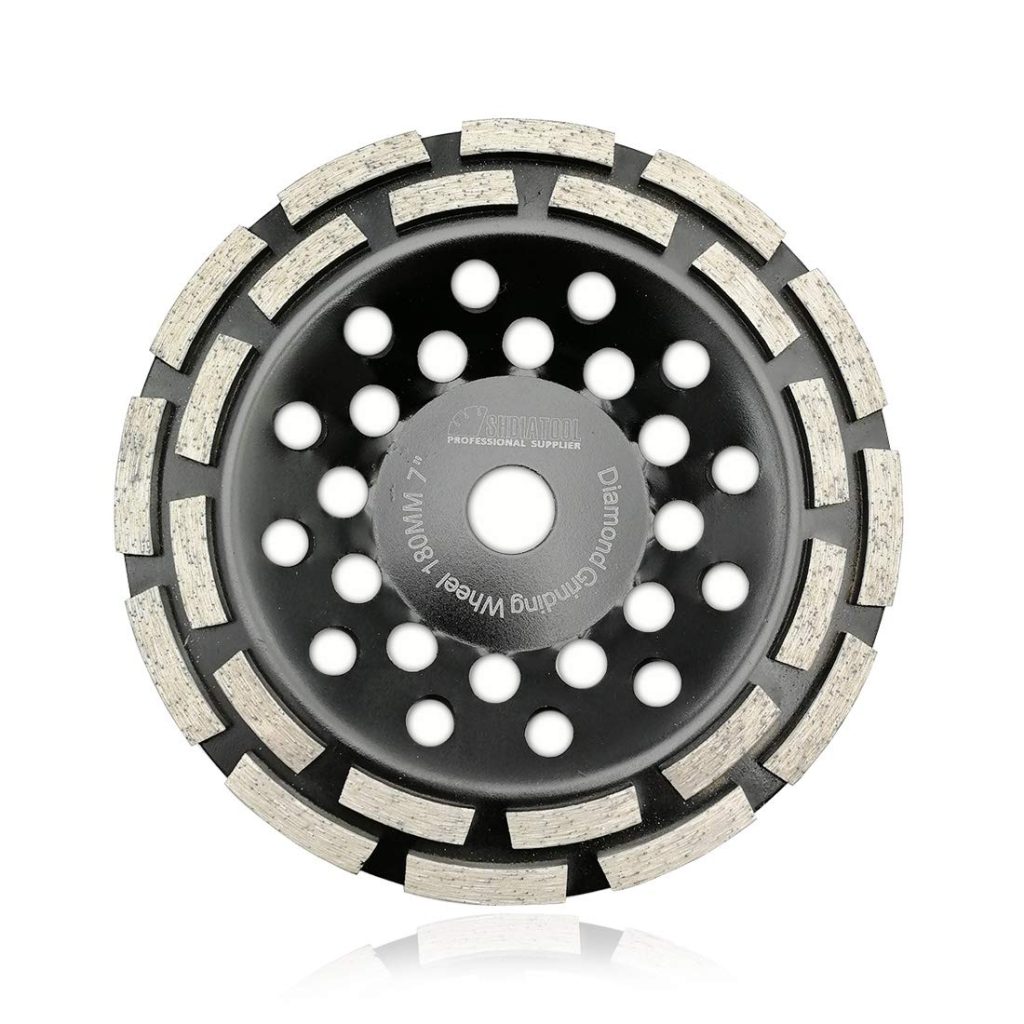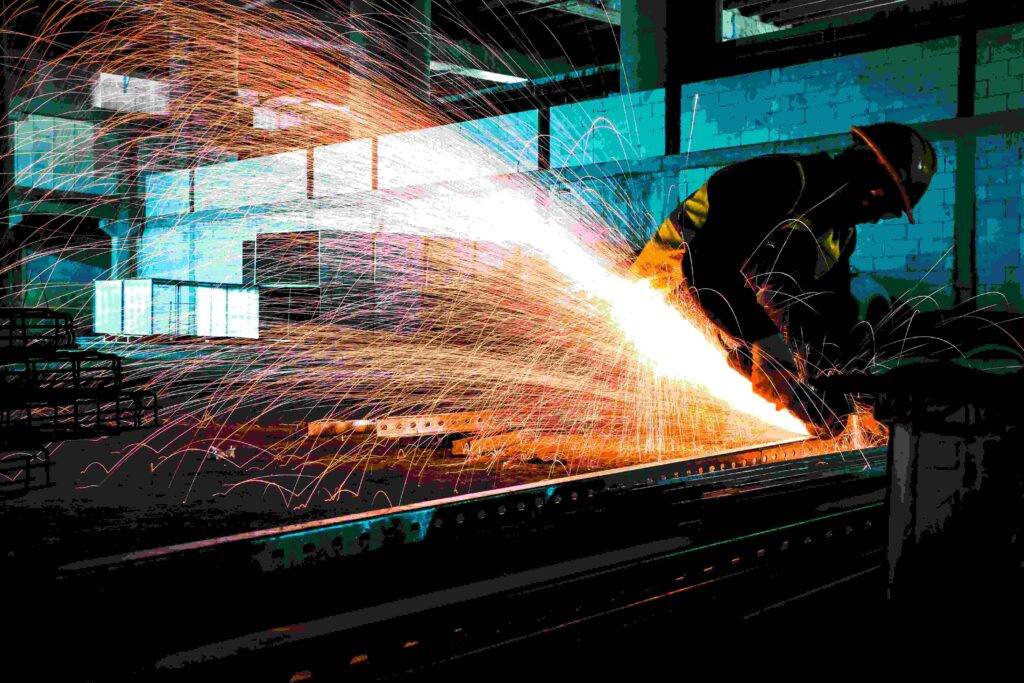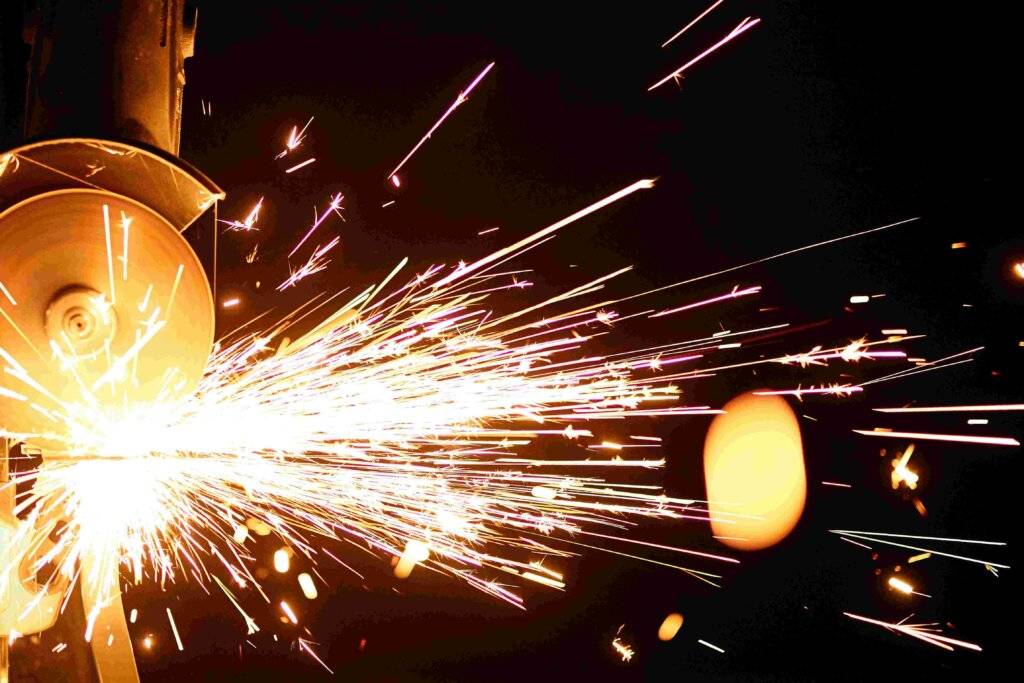Angle grinders are versatile tools used for cutting, grinding, polishing, and sanding various materials. However, the performance of an angle grinder heavily depends on the blade you use. Whether you’re working on metal, concrete, wood, or masonry, choosing the most durable blades for angle grinders is essential for efficiency, safety, and cost-effectiveness. In this article, we’ll explore the top 5 durable blades for angle grinders, their features, applications, and tips for selecting the right blade for your project. This guide is optimized for SEO to help you rank high on Google and attract readers searching for the best angle grinder blades.
Why Durable Blades Matter for Angle Grinders
Durable blades are critical for angle grinders because they:
Enhance performance: High-quality blades cut faster and smoother.
Ensure safety: Durable blades are less likely to break or shatter during use.
Save money: Long-lasting blades reduce the need for frequent replacements.
Improve efficiency: They handle tough materials with ease, saving time and effort.
Whether you’re a professional contractor or a DIY enthusiast, investing in durable blades ensures your angle grinder performs at its best.
Top 5 Durable Blades for Angle Grinders
Here are the top 5 durable blades for angle grinders, based on material compatibility, longevity, and user reviews:
1. Diamond Blades
Best for: Cutting concrete, stone, tiles, and masonry.
Why it’s durable: Diamond blades are embedded with industrial-grade diamonds, making them extremely hard and wear-resistant.
Key features:
Long lifespan even under heavy use.
Can handle wet or dry cutting.
Available in segmented, continuous, or turbo rim designs.
Top brands: DeWalt, Bosch, and Makita.
2. Carbide-Tipped Blades
Best for: Cutting wood, plastic, and non-ferrous metals.
Why it’s durable: Carbide-tipped blades are made from tungsten carbide, which is harder than steel and resists wear.
Key features:
Ideal for precision cutting.
Resists heat and friction.
Suitable for both rough and fine cuts.
Top brands: Freud, Diablo, and Irwin.
3. Abrasive Cut-Off Wheels
Best for: Cutting metal, steel, and stainless steel.
Why it’s durable: Made from aluminum oxide or silicon carbide, these wheels are designed for high-speed cutting.
Key features:
Affordable and widely available.
Can handle thin and thick metals.
Available in various thicknesses for different applications.
Top brands: Norton, 3M, and Metabo.
4. Zirconia Alumina Flap Discs
Best for: Grinding and finishing metal, wood, and composites.
Why it’s durable: Zirconia alumina is a tough abrasive material that resists wear and provides consistent performance.
Key features:
Combines grinding and finishing in one tool.
Long-lasting even under heavy use.
Available in different grits for coarse to fine finishes.
Top brands: Klingspor, SAIT, and CGW.
5. Ceramic Alumina Grinding Wheels
Best for: Grinding and shaping hard metals like stainless steel and titanium.
Why it’s durable: Ceramic alumina is a premium abrasive material that lasts longer than traditional abrasives.
Key features:
Cools quickly, reducing heat buildup.
Self-sharpening for consistent performance.
Ideal for high-pressure grinding.
Top brands: Camel Grinding Wheels, Flexovit, and PFERD.
How to Choose the Right Blade for Your Angle Grinder
Selecting the most durable blade for your angle grinder depends on several factors:
Material to be cut or ground: Match the blade to the material (e.g., diamond blades for concrete, carbide-tipped blades for wood).
Blade size: Ensure the blade diameter matches your angle grinder’s capacity (common sizes are 4.5”, 5”, and 7”).
Arbor size: Check that the blade’s arbor hole fits your grinder’s spindle.
RPM rating: Choose a blade with an RPM rating equal to or higher than your grinder’s speed.
Wet vs. dry cutting: Some blades are designed for wet cutting to reduce dust and heat.
Tips for Maximizing Blade Durability
To get the most out of your durable angle grinder blades, follow these tips:
Use the right blade for the job: Avoid using a blade on materials it’s not designed for.
Avoid excessive pressure: Let the blade do the work to prevent overheating.
Check for damage: Inspect blades regularly for cracks or wear.
Store properly: Keep blades in a dry, cool place to prevent rust or damage.
Follow safety guidelines: Always wear protective gear and use guards on your angle grinder.
FAQs About Angle Grinder Blades
1. Can I use the same blade for cutting and grinding?
No, cutting blades and grinding wheels are designed for different purposes. Using the wrong type can damage the blade and pose safety risks.
2. How do I know when to replace a blade?
Replace a blade if it shows signs of wear, such as reduced cutting efficiency, cracks, or missing segments.
3. Are diamond blades worth the investment?
Yes, diamond blades are highly durable and ideal for cutting hard materials like concrete and stone, making them cost-effective in the long run.
4. Can I use a metal-cutting blade on wood?
No, metal-cutting blades are not designed for wood and can cause kickback or damage.
Why Invest in Durable Blades for Angle Grinders?
Investing in durable blades for angle grinders offers several benefits:
Improved performance: High-quality blades cut faster and smoother.
Cost savings: Durable blades last longer, reducing replacement costs.
Safety: They are less likely to break or shatter during use.
Versatility: The right blade allows you to tackle a wide range of materials and projects.
Conclusion
Choosing the top 5 durable blades for angle grinders is essential for achieving optimal performance, safety, and efficiency. Whether you’re cutting concrete, grinding metal, or shaping wood, the right blade makes all the difference. From diamond blades to zirconia alumina flap discs, each type has its unique strengths and applications. By following the tips and recommendations in this guide, you can select the best blade for your needs and maximize the lifespan of your angle grinder tools.



